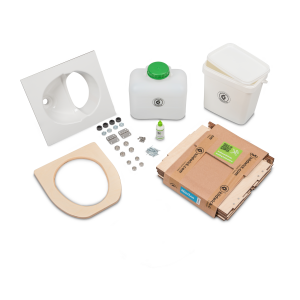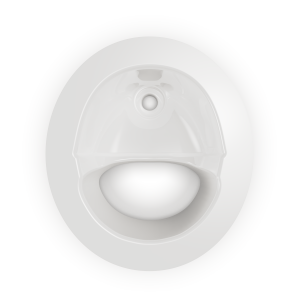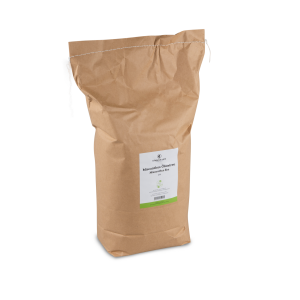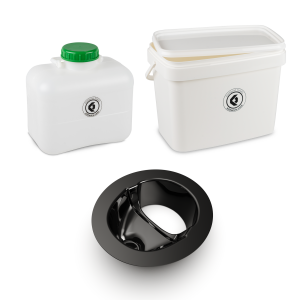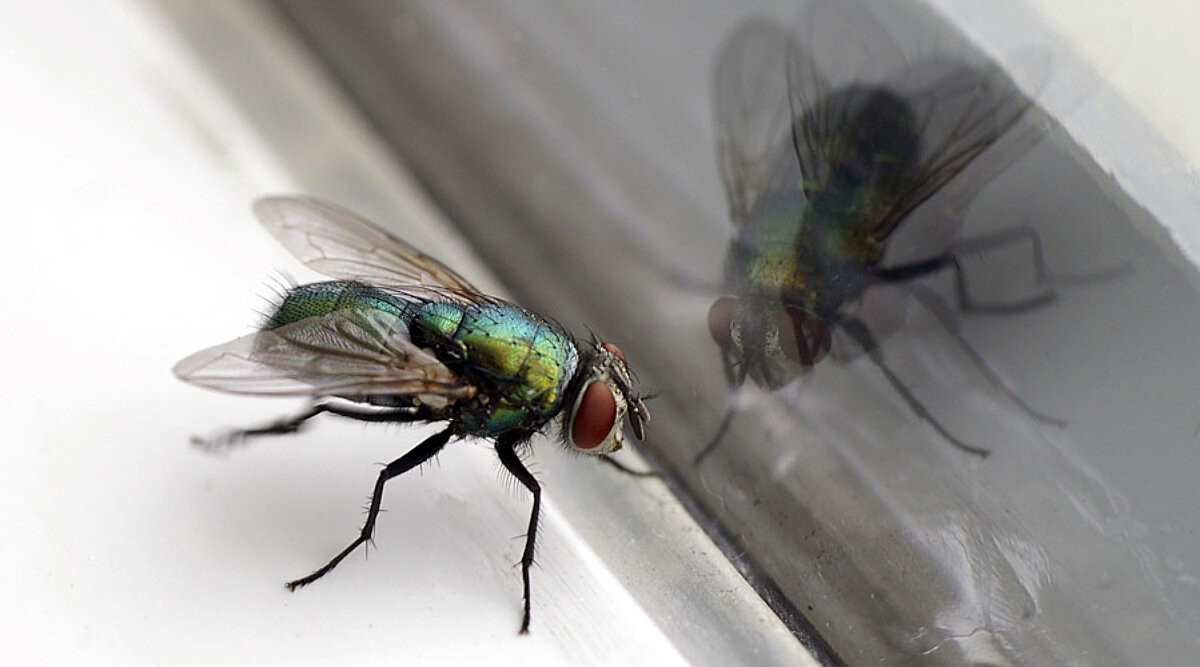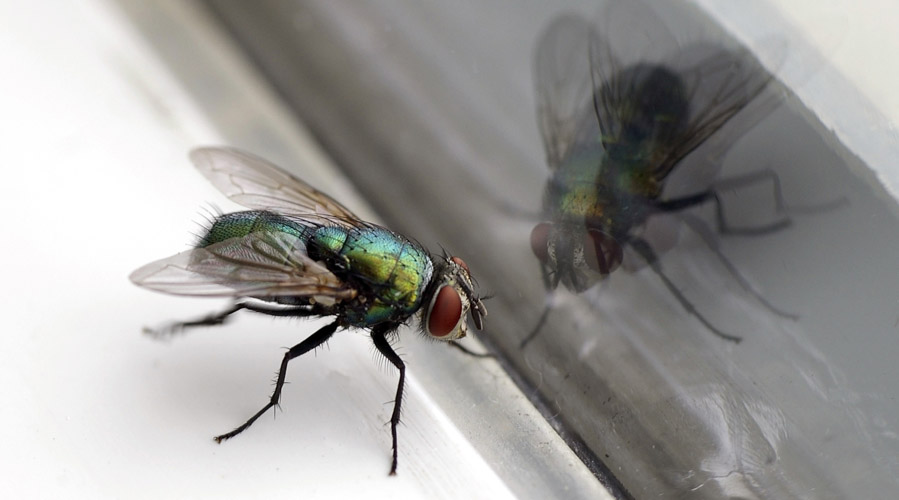
The first animal that comes to mind when talking about toilets is probably the fly. Normally, these annoying pests actually play no role in a dry composting toilet.
But there are exceptional situations in which flies show an increased interest in the solids container. In fact, this rarely happens. We'll explain the circumstances to you and what you can do about it.
First, you should actually first use your nose and test whether the solids container smells fermented or foully. If this is the case, then this is an indication that the content is in an acidic environment or an anaerobic zone has formed. Or both. One possible cause of this may be that the material is too compact or too wet, or the oxygen supply to the surface is too low.
How do you know what the problem is?
To test whether the environment in the solids tank is too acidic, it's best to use litmus strips to help you accurately determine the pH-value. Litmus strips can easily be purchased in a pharmacy or your nearest drugstore. On the packaging you will find instructions about how to proceed with the application and determination.
If the result of the test indicates that the pH is too acidic, you can do the following:
- adding approx. 1 scoop of carbonate lime (available in garden shops) will neutralize the acid
- If you do not have lime available at the moment, the addition of commercial bicarbonate of soda (available in almost every supermarket) will help
- The addition of rock flour or cold wood ash also works well
Use the right litter to prevent flys
One reason why the container is too moist or odour-causing can be the addition of improper litter. Here are the common sources of error:
- the bedding does not have sufficient suction power to absorb the liquids and thus to bind odours
- the litter used is too coarse in structure (greater than 20 mm "grain size"), does not cover properly and thus does not absorb well
- the litter grains are too small, so they bind too tightly and the oxygen compound is interrupted. This leads to a putrefaction or fermentation process being set in motion
- the litter is too resistant to decomposition by fungi and bacteria (e.g. coconut fibres)
- or the classic: You either used too much or too little litter.
In these cases, you should empty the solids container and start again. (See the blog article "The right way to do it")
